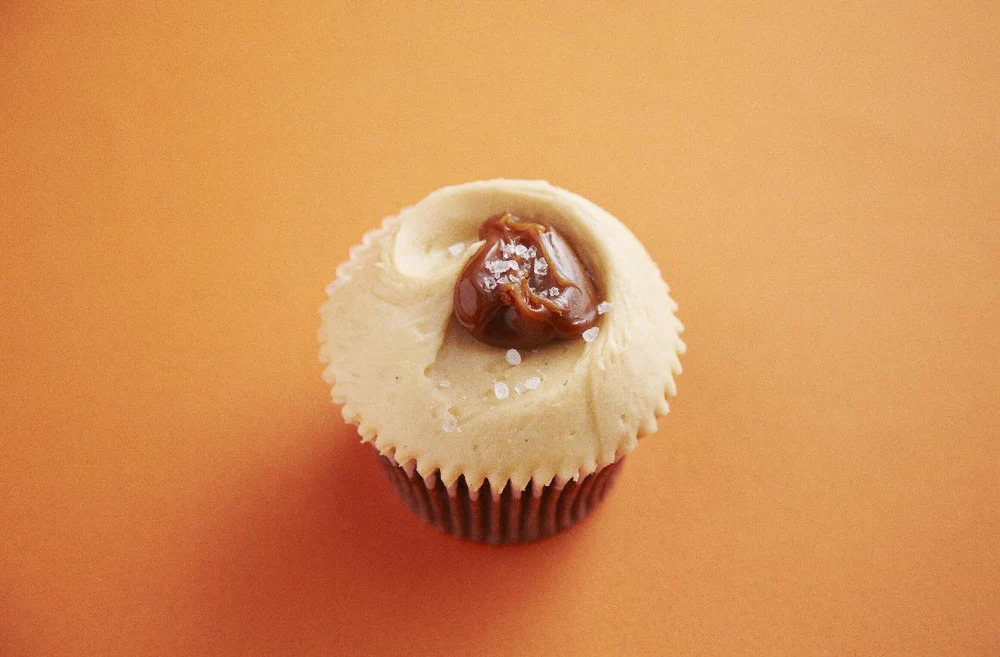Making caramel tips

- Use caster sugar where you can, this is the easiest sugar to work with as the grains are finer and melt quicker.
- Don’t work in a hurry. Caramel is very hot and can be dangerous, so try not to attempt caramel recipes when you’re feeling flustered or under pressure.
- A heatproof sugar thermometer is your friend and this will let you see which stage the caramel is at as marked by the various temperature stages. These are:
Stages of sugar and caramel cooking
Thread – 106-112°C (fine threads for making syrups)
Soft ball – 112-115°C (soft sticky ball for fudges, pralines and caramels)
Firm ball – 118-120°C (firm but pliable ball for nougat and marshmallows)
Hard ball – 121-130°C (hard, sticky ball for eating toffees)
Soft crack – 132-143°C (firm but pliable threads for use in butterscotch and hard toffees)
Hard crack – 146-154°C (stiff threads for brittles and spun sugar)
Caramel – 160-182°C (syrup will turn dark caramel coloured and this is used for pralines and brittles)

- Dry caramel is when the sugar is left dry in the pan to melt over the heat and wet caramel is when water is added to the sugar. Follow whichever method the recipe suggests for the best results.
- Don’t keep stirring your caramel. It might seem counter-intuitive, but let your caramel sit and bubble down without stirring as this can cause crystals to form. This is what makes your caramel grainy and you don’t want that. Sometimes caramel can just turn grainy, it’s not always down to the cook, so don’t be disheartened – just try another batch.
- Make sure all the sugar is dissolved. It should be a lovely, rich caramel colour, but you don’t want it smoking as this means it is burned.

- If your caramel is burned, ditch the batch and make it again in a clean pan. Sadly, there is nothing that will take away the burned taste when caramel has gone too far.
- Some swear by dipping a pastry brush in cold water and running this around the edge of the hot pan as the caramel cooks to prevent crystals from forming, but our bakers don’t use this technique.
- Be careful! Heated caramel is super hot and it can burn your skin if you’re not careful, so do be sure to use oven mitts to keep yourself safe in the kitchen.
- Caramel bubbles up a lot when cooking, so be sure to have a pot big enough to accommodate the caramel as it heats and the sugar bubbles rise. A nice, solid-based pan is best as this will help to distribute heat evenly and help to prevent burning.
- Use a cup of cold water to drop small amounts of caramel in to test the various stages. If it is soft ball, it will form a soft and pliable ball when dropped in water. Harder caramels will set completely when cooled.
- To clean your pan, our bakers add water and let this simmer away until the caramel dissolves into the water and this can then be poured away.
